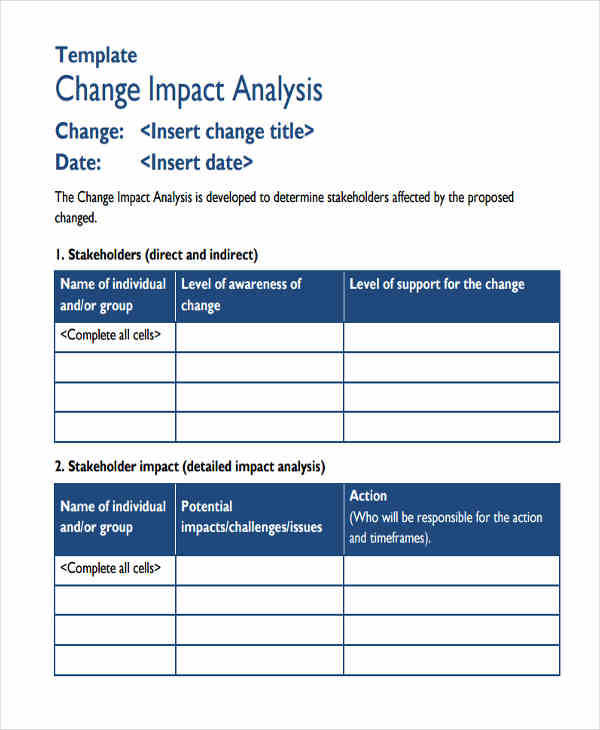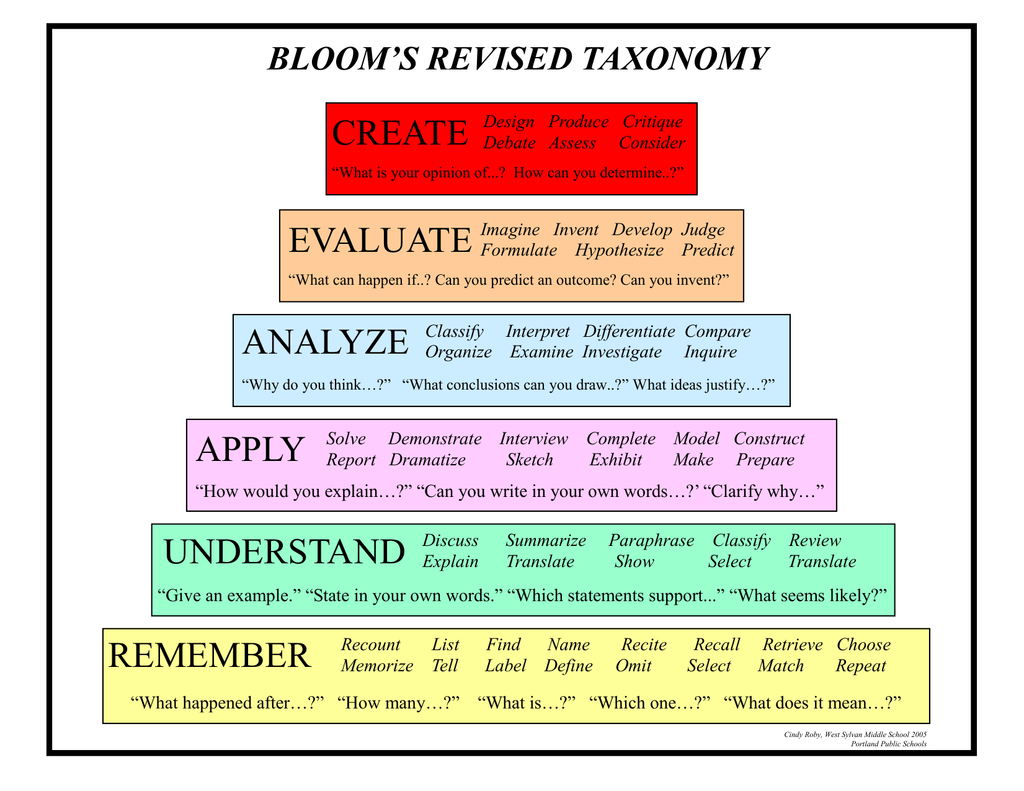

For instance, a poem written in an iambic meter may suddenly substitute an iamb with a different foot-for example, a trochee, the iamb's opposite-to create a pause, accommodate a certain word, or vary the poem's rhythm. Metric variation can also occur within a line of a poem. The Common meter described just above, for instance, alternates lines of iambic tetrameter (four iambs per line) and iambic trimeter (three iambs per line).
#Analysis and scansion example free
Free verse: Poetry that has neither any strict meter or rhyme scheme.Īlthough some poems written in meter use the same metrical pattern throughout the entire poem, it's also normal for a poem written in formal or blank verse to contain different types of meter or metrical feet within it.Blank verse: Poetry that has a strict meter, but doesn't have a rhyme scheme.

Formal verse: Poetry that has both a strict meter and rhyme scheme.In fact, poetry can be broken down into three types, based on whether it includes meter and rhyme. Many poems include meter, but not all do.

Poems are written using many other sorts of meters as well, of course, but the two above are the most common. This meter has been used for centuries for a range of purposes-from Christian hymns and the Romantic poems of Wordsworth, to television theme songs, and its popularity over that time earned it the name "Common meter." Common meter: A metrical pattern often used in lyrical compositions, comprised of lines of four iambs (iambic tetrameter) alternating with lines of three iambs (iambic trimeter).Though iambic pentameter has a long history in English, it's also still used in more modern poetry-Theodore Roethke's poem "The Waking," excerpted below, is a more recent example of a poem written in iambic pentameter. Geoffrey Chaucer popularized iambic pentameter in the 14th century with The Canterbury Tales, and William Shakespeare later cemented the popularity of the form by writing some of the English language's greatest works of literature ( Romeo and Juliet, Hamlet, Macbeth, etc.) in iambic pentameter. The unstressed-stressed pattern of the iamb (da- dum da- dum) closely mimics the natural rhythm of speech, making it a versatile foot for composing poetry. Iambic pentameter: Many of the most important works of English verse-from Chaucer to Roethke-are written in iambic pentameter, a type of meter that contains five iambs per line.While there are many combinations of possible meters (trochaic dimeter, anapestic hexameter) that can be written, some are more common than others. Dactylic pentameter has 15 syllables, because it has five dactyls, each of which has three syllables. A line of iambic pentameter has 10 syllables, because it has five iambs, each of which have two syllables. So a line with four dactyls would be "dactylic tetrameter." Note that the total number of syllables can be different even for lines that have the same number of feet, because some feet have two syllables while others have three. The name of a meter is based on the foot it uses (stated as an adjective, with an "–ic" at the end), and the number of feet in the line. The most common number of feet found in lines of poetry are: Anapests (unstressed-unstressed-stressed).Dactyls (stressed-unstressed-unstressed).The most common feet found in metered poetry are: The two lists below, which show common feet and common numbers of feet per line, make up the "building blocks" of meter. The name of a meter is a combination of those two attributes. Meter is a combination of the type and number of feet it contains.
#Analysis and scansion example how to
Here's how to pronounce meter: mee-ter Types of Poetic Meter Meter in English verse is accentual, meaning it is derived from the emphasis placed on certain syllables.


 0 kommentar(er)
0 kommentar(er)
